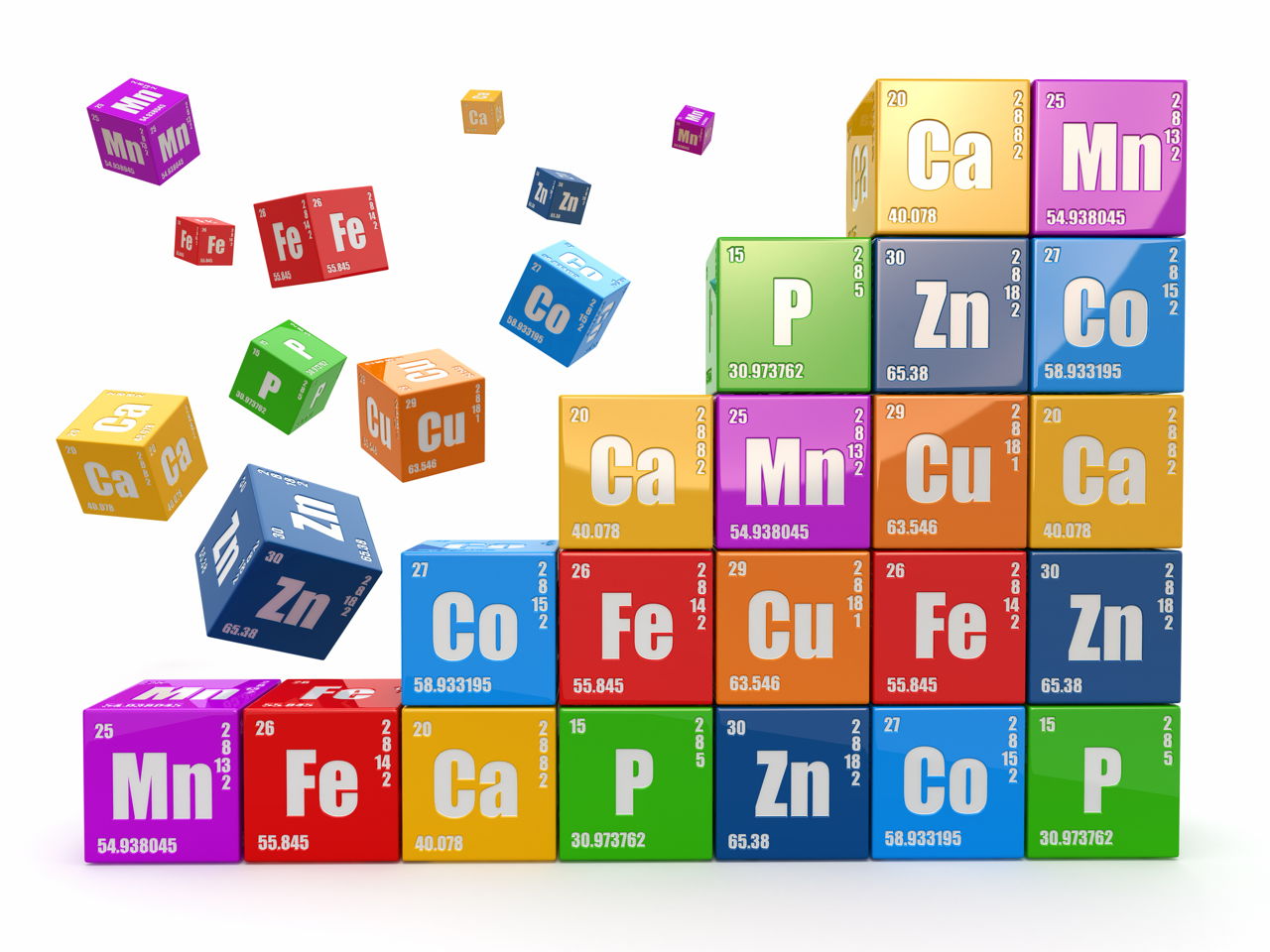
Group 2 ALKALINE EARTH METALS (FAMILY) _ _ _ 7Īll have 1 valence electron Easily LOSE their one electron to become +1 ions EXTREMELY reactive never found alone in nature Contains the MOST reactive metal: Probably FRANCIUM (Fr), but it’s so rare, we’ve got to go w/ CESIUM (Cs) Use the concept of valence electrons to explain whether it’s more likely to find similar characteristics among elements in the same group or elements in the same period. What happens to the number of valence electrons as you move down a group? _ 12. What happens to the number of valence electrons as you move across a period? _ 11. Use the calendar analogy to explain whether it’s more likely to find similar characteristics among elements in the same group or elements in the same period. Groups are similar to what on a calendar? _ 9.

Periods are similar to what on a calendar? _ 8. The chemical properties of an element are based on what? _ 7. What happens to the number of energy levels as you move down a group? _ 6. What happens to the number of energy levels as you move across a period? _ 5. How many electrons does the last element in every row or period have in its valence shell? _ 4. Henry Mosely proved the existence of what subatomic particle? How did he then arrange the periodic table? _ 3. Mendeleev arranged the original periodic table according to what? What was the problem with this arrangement? _ 2. Use the Periodic Table in your CRT’s to complete the table below for the Group I elements pictured next to it: Element Name GROUPS = VERTICAL COLUMNS (run up & down)
#PERIODIC TABLE CHEMISTRY REGENTS FULL#
*OCTET = full VALENCE SHELL (8 electrons, except for PERIOD 1 elements, for whom 2e- marks a full valence shell) That pattern repeats itself in weekly periods.Īrrangement of the Periodic Table: The Periodic Table is made up of PERIODS and GROUPS: PERIODS = HORIZONTAL ROWS (run left to right)

*Think of how you feel on every Monday or every Friday. *Think of the way Sunday marks the start of a new row on a calendar and restarts the weekly pattern.Ĥ) The number of VALENCE ELECTRONS dictates the number of BONDS an atom of an element can form 5) The number of BONDS an element can form dictates that element’s CHEMICAL PROPERTIES 6) All elements in the SAME COLUMN or GROUP have the SAME NUMBER OF VALENCE ELECTRONS, therefore elements in the SAME COLUMN or group tend to have SIMILAR CHEMICAL PROPERTIES. The next element will be the first of a new row and will restart the pattern with 1 VALENCE ELECTRON. Periodic Law = elements in periodic table are PERIODIC functions of their ATOMIC NUMBER 1) As you move down a GROUP or COLUMN, you add 1 PRINCIPAL ENERGY LEVEL or ELECTRON SHELL 2) As you move across a ROW or PERIOD, you add 1 PROTON to the nucleus, and 1 ELECTRON to the VALENCE SHELL 3) The MAXIMUM number of VALENCE ELECTRONS any element can have is EIGHT, therefore any element with 8 valence electrons marks the END of a ROW or PERIOD.

Used X-ray spectra to prove the existence of the PROTON Arranged table by ATOMIC NUMBER (or # of protons) which proved to be much more effective How the modern day periodic table is arranged No more gaps! States of matter Solids Liquids Gases Diatomic elements Allotrope Isoelectronic FamiliesĬhemical Periodicity/History of the Table: Dmitri Mendeleev (Russia) 1st chemist to arrange newly found elements into a table form/usable manner Elements arranged according to ATOMIC MASS Resulted in GAPS or periodic intervals being OUT OF ORDER VOCABULARY: Ionization energy Electronegativity Atomic Radius Ionic Radius Chemical Reactivity Metallic Character Nonmetallic character Metals Metalloids NonmetalsĪlkali metals Alkaline Earth metals Halogens Noble Gases Transition metals Periodic Periodic Law Periods Groups Octet Dolgos Regents Chemistry NOTE PACKET Unit 3: Periodic Table


 0 kommentar(er)
0 kommentar(er)
